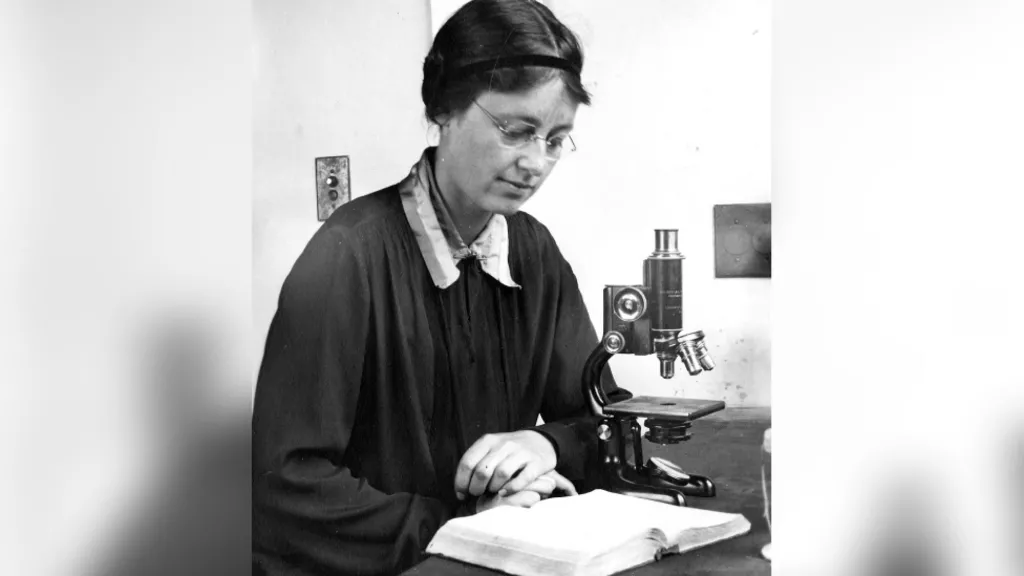If you are one of the increasing number of Brits who now tuck in to a portion of sushi for lunch rather than a traditional sandwich, spare a thought for Welsh seaweed.
Because if it were not for the algae known as laver growing on the north Welsh coastline, it is very likely the sushi industry as we know it today would not exist.
And it is all thanks to the remarkable work of a British scientist who began her studies over a century ago and is now revered as an almost goddess-like figure in Japan, a country she never set foot in.
Kathleen Drew was a woman very much in the vanguard of female education.
Born in Leigh, Greater Manchester, she was a hardworking young girl who won a scholarship to study botany at the University of Manchester, where she graduated with first class honours in 1922 and took a master's degree the following year.
She began work as a researcher at the university, where she specialised in coastal botany, and seaweeds in particular.
In 1925 she earned a two-year fellowship to study at the University of California, Berkeley, and saw places as far afield as Hawaii in the course of her research.
But it was to prove to be work done later in her life and much, much closer to home, during a trip to north Wales, that Kathleen would make her revolutionary discovery, which was to have such profound and positive consequences for Japanese coastal workers half a world away.
The remarkable thing about Kathleen was her devotion to her subject. She married a fellow academic in 1928, becoming Kathleen Drew-Baker and, in line with practices at the time, could no longer be employed by the university as a married woman.
But she retained an honorary position for the rest of her life, even though it meant working for free.
A University of Manchester spokesperson said: "Sadly, her work was all unpaid – she became a research fellow, and she worked mostly at home, as well as sometimes at the university.
"They lived on her husband's wage – she collected her specimens in old jam jars, and he helped her to build a tidal tank in her unfunded laboratory."
In 1949, Kathleen went on that fateful trip, which according to social anthropologist Kaori O'Connon, was to Rhosneigr, Anglesey, as documented in her book Seaweed: A Global History.
She went out onto the shore and gathered a handful of porphyra – the same seaweed used to make the Welsh delicacy laverbread – and took it back to her laboratory, where she put it into salt water and let it release spores and put the spores into another dish.
But the critical point was the she also placed some shell into the dish. The spores moved into the shell, from where they started covering the shell in a red substance.
This was the eureka moment for Kathleen, who realised that the red she could see was algae known as Conchocelis rosea. Scientists had always believed it to be a species in its own right – now she could clearly see that they were in fact one and the same organism, and that this was an intermediate phase of its development.
She published her findings in the respected journal Nature, just 100 lines of text. But they were to prove transformative once they were read by a fellow botanist in Japan.
